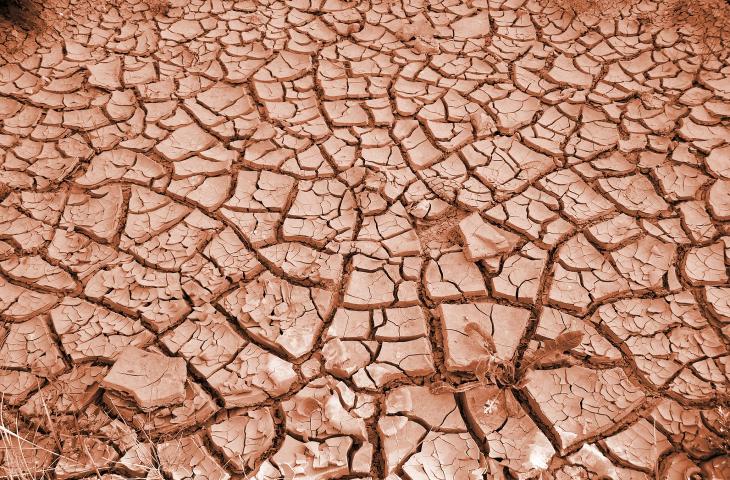MILAN – With the arrival of the climatic phenomenon, ‘El Niño’ (a phenomenon through which the Pacific Ocean abnormally overheats and affects the climate), Australia finds itself having to yet again face a difficult situation, of huge regional impact. It is clear that in order to address the problem of drought, it becomes essential to design a state-of-the-art irrigation system, improving water management and trying to limit damage to the harvests - a difficult situation, given the tensions between environmentalists and farmers. The Murray-Darling basin consists of two principal river systems in the south-east of Australia, where for years, water has been drawn to irrigate the cultivated fields. This has devastated the watercourses and generated dry zones as a result, with high salt content and acid soil, apart from toxic algae, which threaten the health of humans and animals.
The huge problem of drought
The return of ‘El Niño’ has significantly worried environmentalists, who are apprehensive about the current climatic situation. The scorching hot weather has depleted the basins of the dams containing river water, forcing the growers to accept cuts in the amount of water they can access. This is a heavy loss for summer agriculture, which is largely based on irrigation: from cotton, to rice and sorghum. Indeed, Australia is the fourth largest global exporter of cotton and the annual revenue is around 2 billion dollars, which represent 7% of its annual income from crops. Australian companies, by the end of June 2016, aim to reach 10% growth and expand production. While the climate complicates life for products which need a lot of water, such as cotton and rice, at the same time, the question of adjusting the level of water management arises, under pressure from the farmers. The latter can purchase water on the market, but prices have recently been astronomical, reaching 200 dollars per mega-litre (1,000,000 litres): prohibitive prices for the majority.
Changes in the management of water resources
A few days ago, the government transferred the management of water resources from the Ministry of the Environment to the Department of Agriculture, a move sought for a long time by rural organisms: “This introduces a significant conflict of interests between the tasks of the Ministry”, said the activist, Jonathan La Nauze, “One of these involves promoting the agricultural sector and now, with this agreement, we will have to ensure the health of water resources which are used”. The Australian legislators, in order to remedy the problem of drought, have halved the quantity of water the government can access, giving it instead to farmers to save on subsidies. Several environmentalists have called these changes into question; they will weigh heavily on the state coffers, according to the Australian Conservation Foundation (ACF), with an increase of up to five times the market rate for water.
by editorial staff











